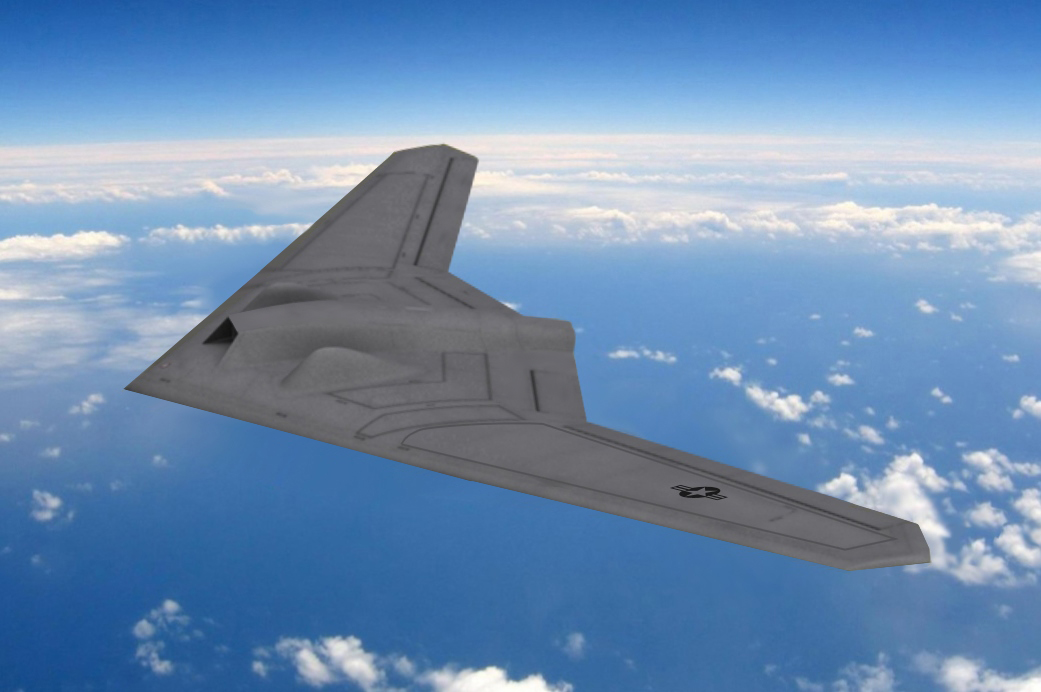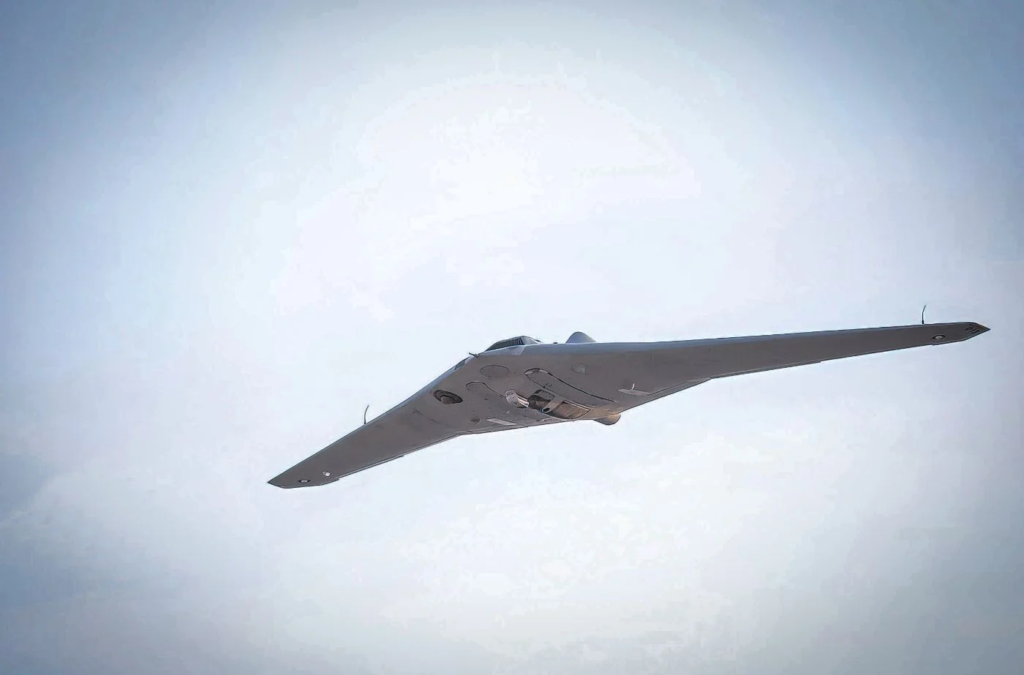On March 13, a new set of images showing Iran’s Shahed-191 strike drone with a new mobile launch system emerged on social media.
Advertisement
The images, also shared by the official Twitter account of the EurAsian Times, display a Shahed-191 strike drone mounted on what appears to be a Toyota Tundra being used as a mobile launch platform.
The US RQ-170 Sentinel drone, which Iran seized in 2011, is considered the foundation for the Shahed-191. It has a similar flying wing design and is driven by a turbofan engine.
The Iranian drone has, however, undergone significant modifications and improvements, including the addition of cutting-edge avionics and sensor systems. The latest photographs highlighted Iran’s ongoing efforts to improve its drone technologies to increase its asymmetric capabilities.
The drone takes off from the mobile launch system in the most recent images, giving Iran a potential advantage in routine operations and special forces activities.
Advertisement
The drone can travel 1500 kilometers, carry two bombs with a combined weight of 100 kilograms, fly for 4.5 hours at an altitude of 7.5 kilometers, and achieve speeds of 350 kilometers per hour, according to the description accompanying the new photographs.
Shahed-191 is also known as Saegheh-2. Later models of this drone featured frontal air intake. But, only models with piston engines likely lack frontal intakes. The Shahed-191 can be equipped with two Sadid-1 missiles.
The Shahed-191 features two retractable skids instead of traditional landing gear, although it also includes a parachute for use without a runway.
Advertisement

Shahed Aviation Industries manufactures the Saegheh-2. It is modeled after a Lockheed Martin RQ-170 Sentinel UAV that Iran captured and reverse-engineered. However, it is smaller and much different from it.
Together with the Shahed-171 Simorgh, it is one of Iran’s two flying wing unmanned aerial vehicles (UAVs) based on the RQ-170.
Nevertheless, it is unclear if the drone depicted in the new photographs is entirely distinct from the existing models or has some significant modifications.
Advertisement

Iran’s Growing Drone Industry
It is important to note that American officials claimed in August last year that Iran had started showcasing the Shahed-191 and 129 drones to Russia in June and anticipated exporting them to Moscow.
Russia’s need for cheap, disposable unmanned systems to strike Ukrainian facilities and Iran’s strategic aim in overthrowing the US-led global order and expanding its international influence explain Tehran’s drone shipment to Moscow.
Iran introduced the Shahed-129 in September 2012, two years after debuting the Karrar, a jet-powered drone. This was a significant advancement in Iran’s efforts to create a strike-capable combat UAV.
Iran had only used smaller drones with limited ranges and flight time until that point in its drone fleet. This was primarily because of restrictions and export control policies that prevented Iran from acquiring technologically advanced dual-use parts for larger, more lethal drones.
Experts, meanwhile, questioned whether the Shahed-129 could genuinely serve as a fully integrated combat UAV system, at least in its initial iteration. When the Shahed-129 debuted in 2012, Iran published a video demonstrating the drone in flight firing a missile.
However, the video abruptly cut to another scene showing the missile impacting a target, raising questions about whether the UAV could perform precision strikes.
Advertisement

Iran has increased its capacity to threaten the United States and its Middle Eastern allies by amassing a fleet of indigenous drones and exporting drone technology to its partners.
Tehran has continuously advanced its military UAV program since the 1980s to increase its intelligence, surveillance, and reconnaissance capabilities and to field UAVs that can conduct airstrikes.
Iran has made significant strides in unmanned aerial vehicles (UAVs) in recent years, as seen by the several new drone systems it has announced, many of which have been deployed in combat.
Iran currently asserts that it has drones that can deliver stealthy precision-guided missiles with ranges of up to 2000 kilometers. The development of its drone program marks a technological victory for the Islamic Republic, even though its claims are frequently inflated for propaganda reasons.
Advertisement